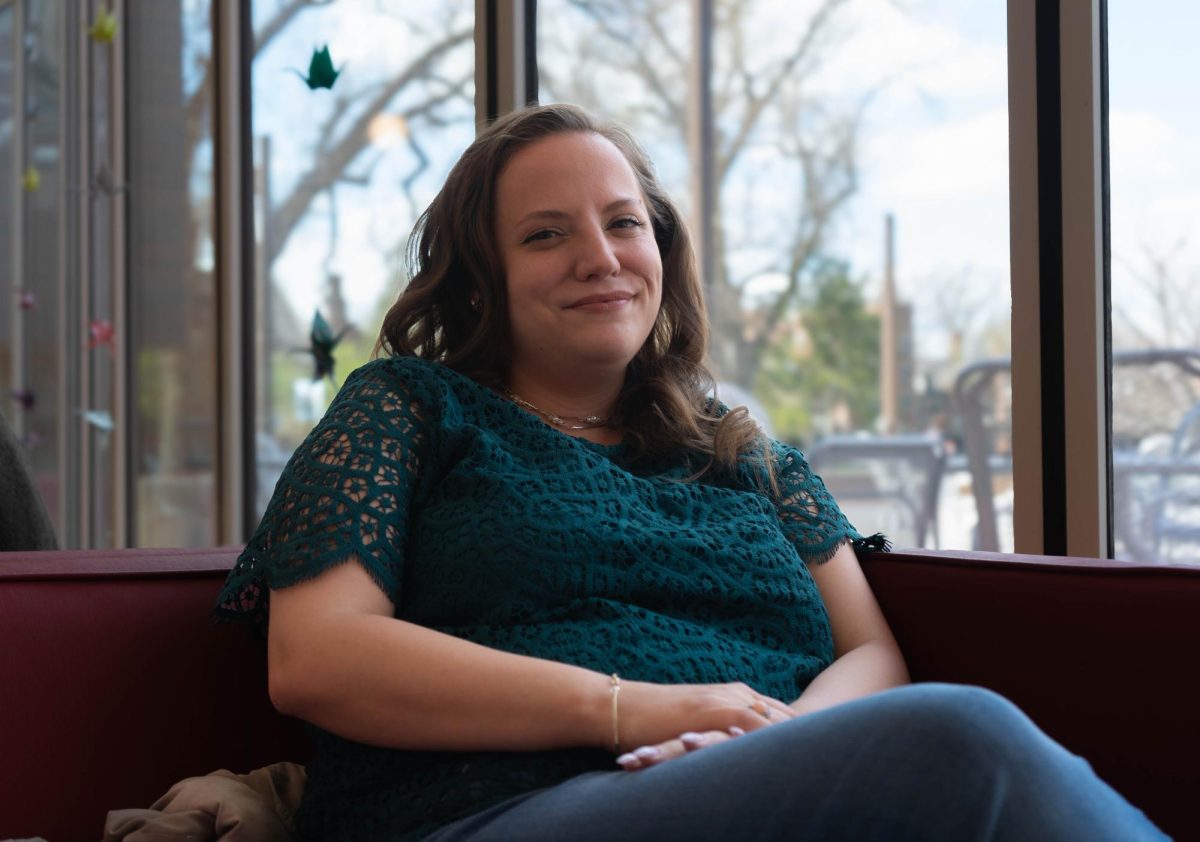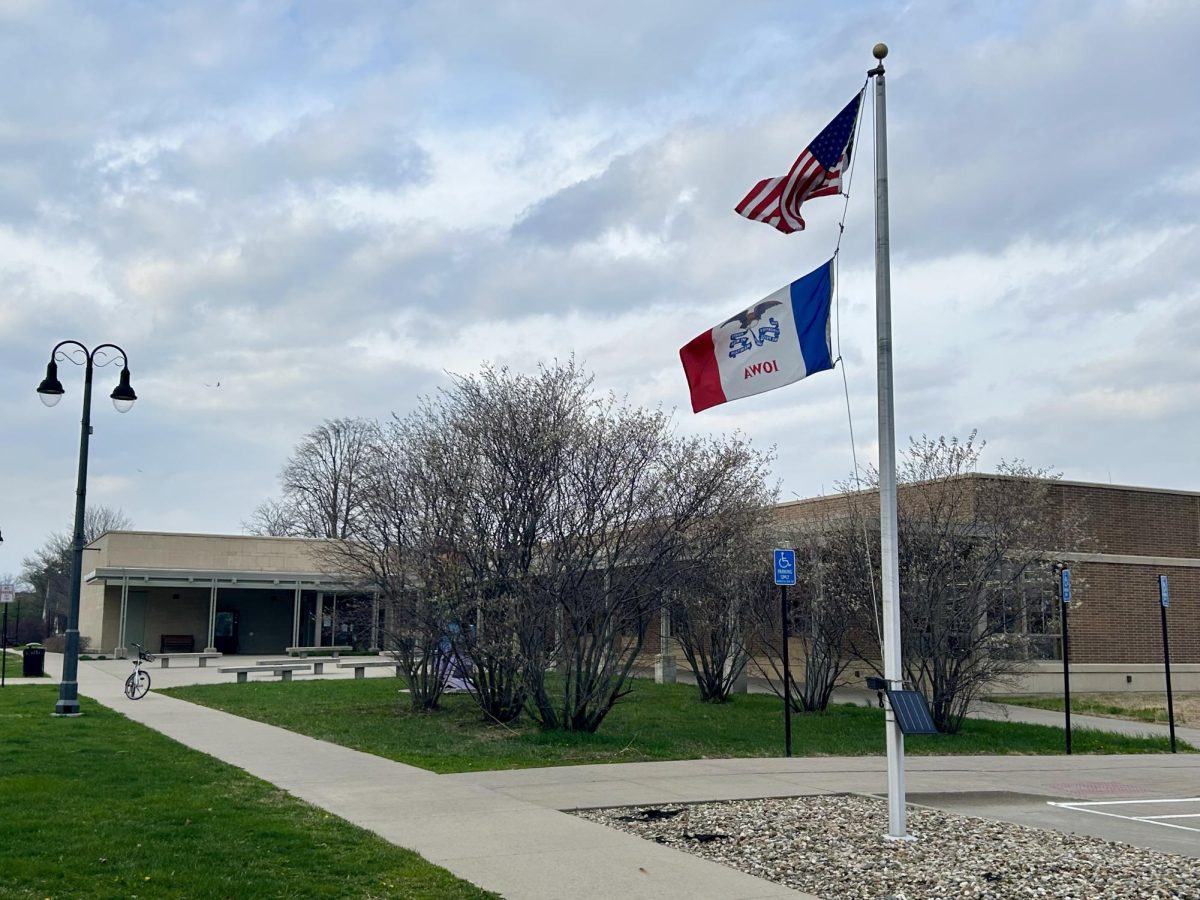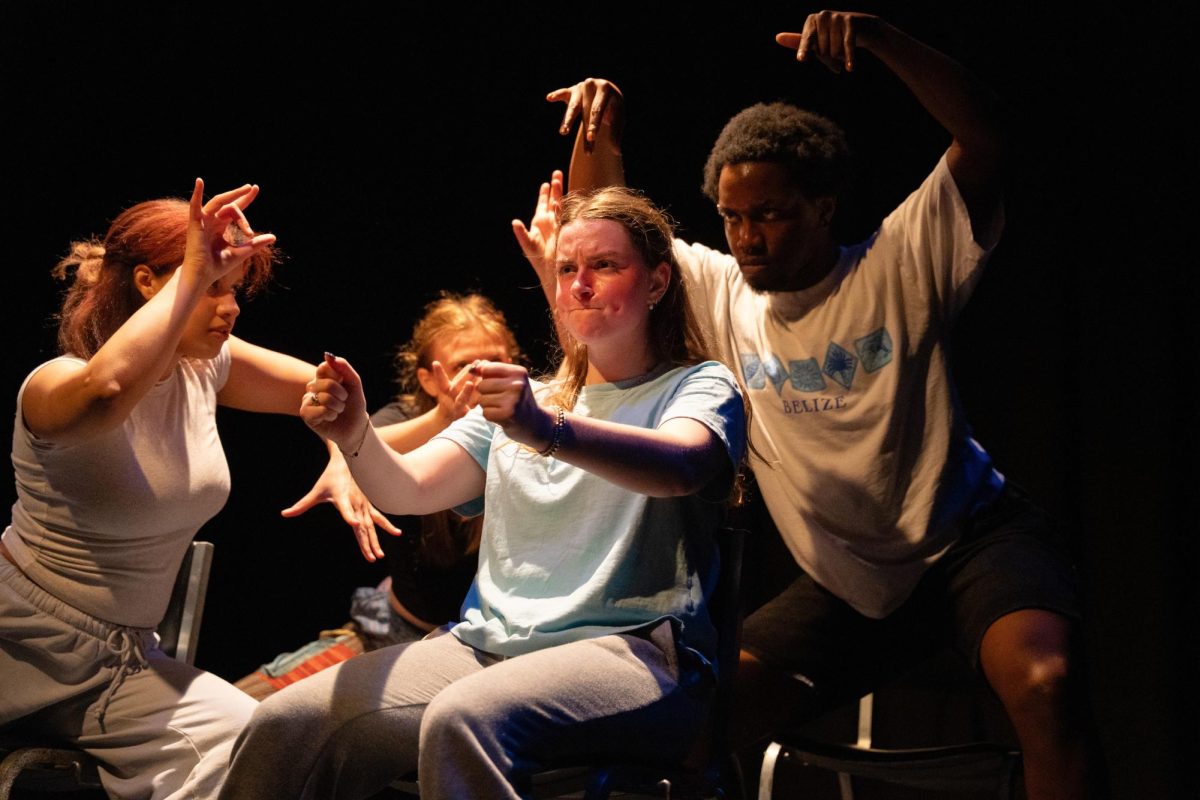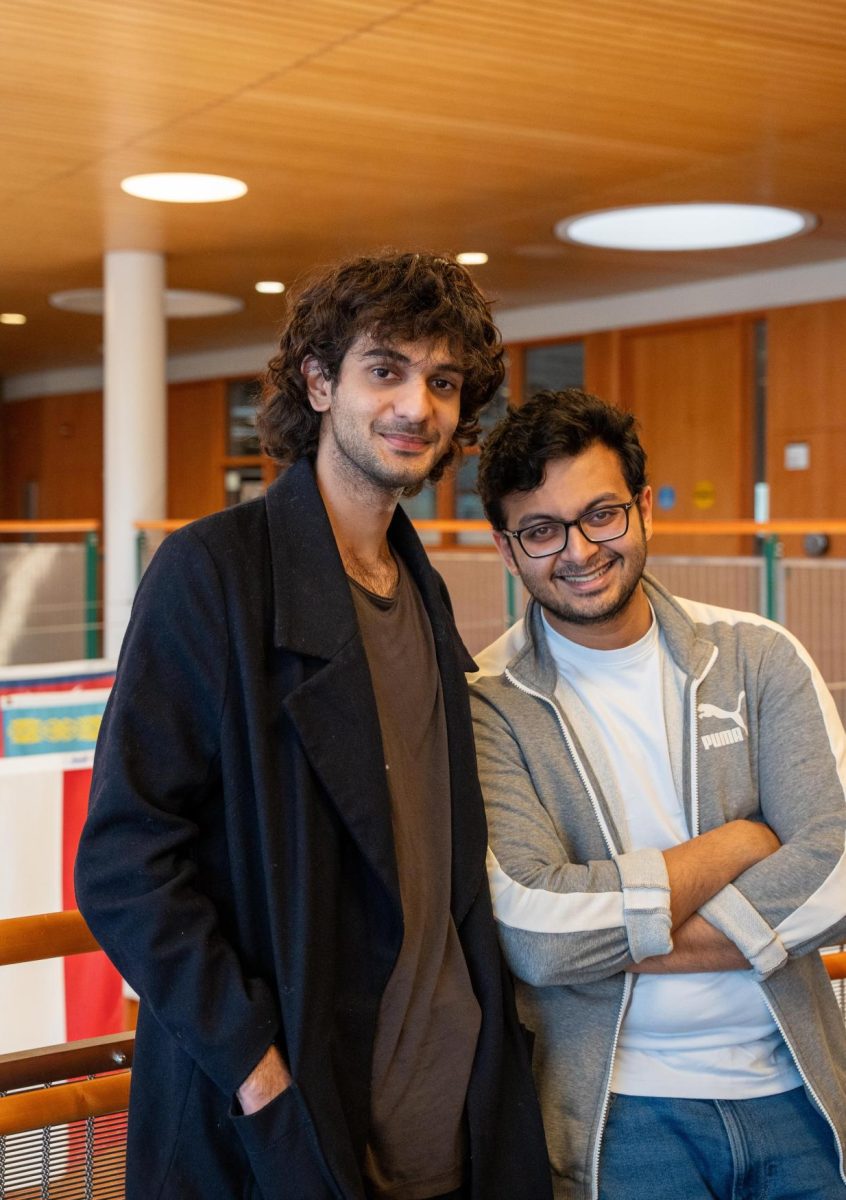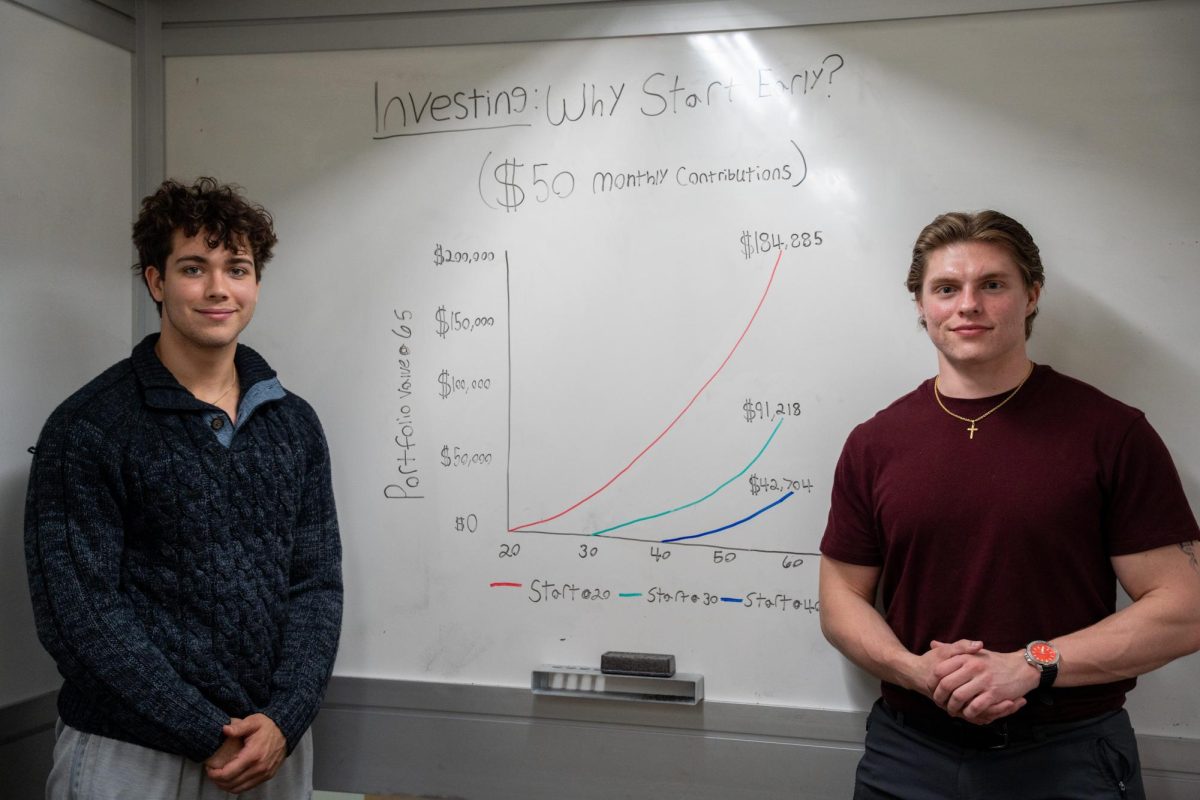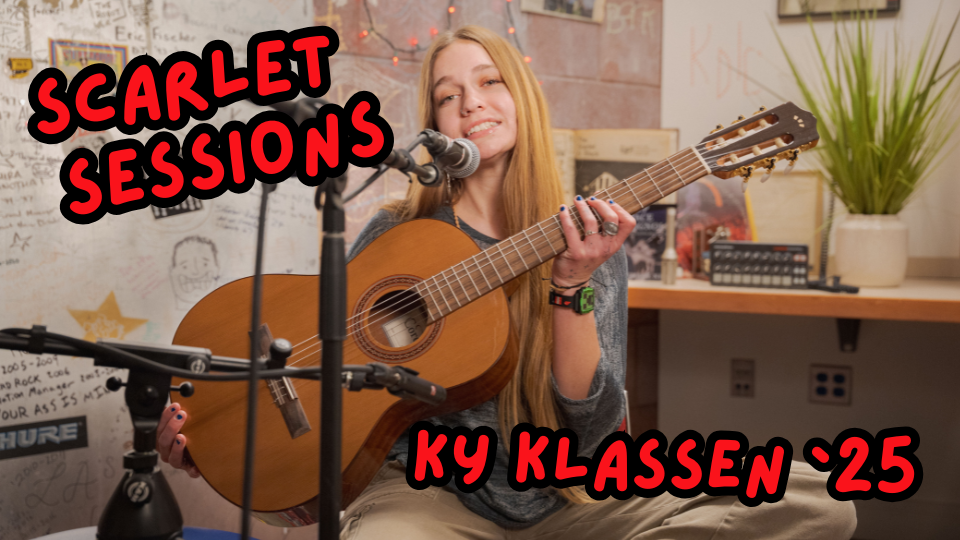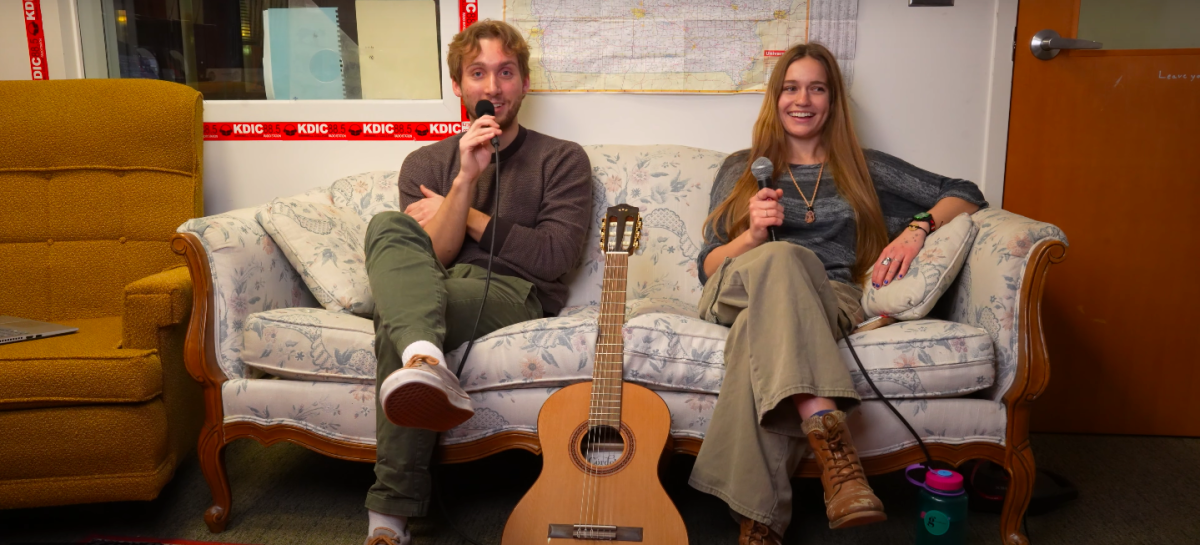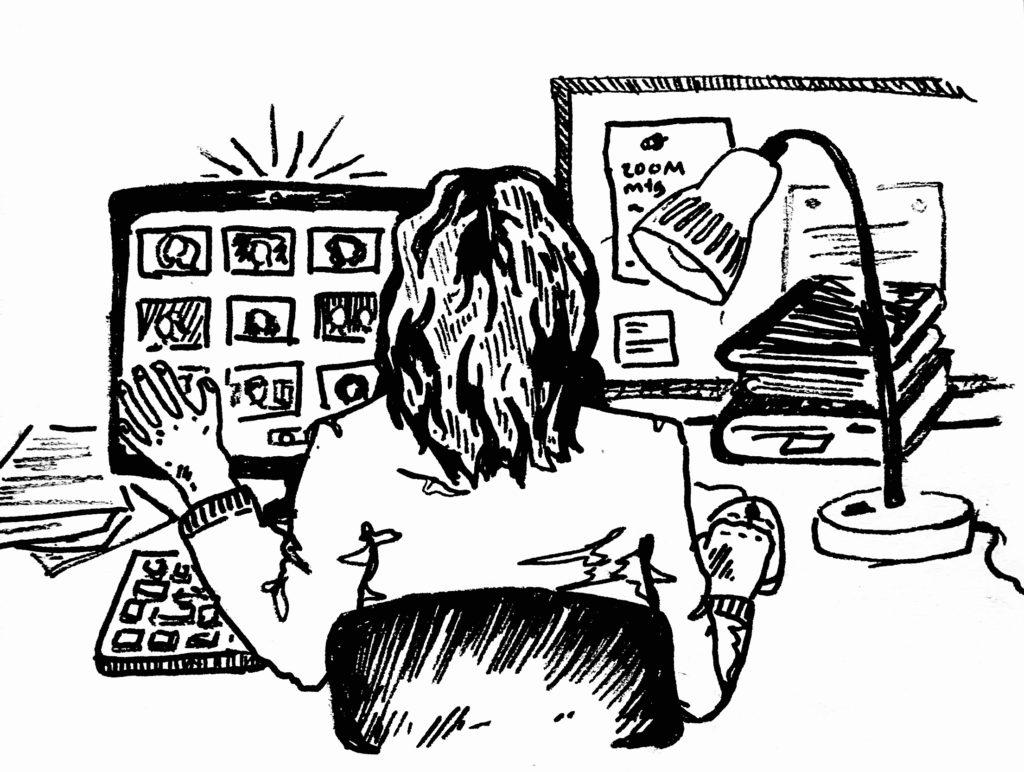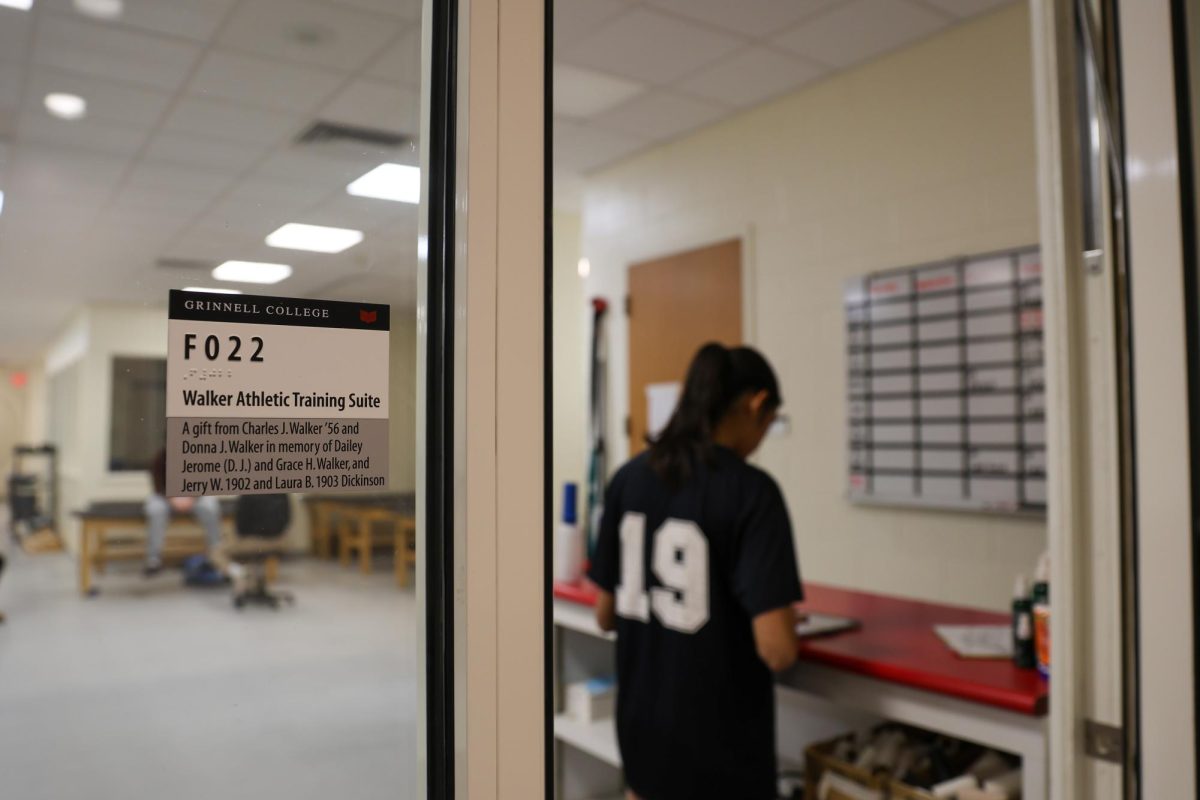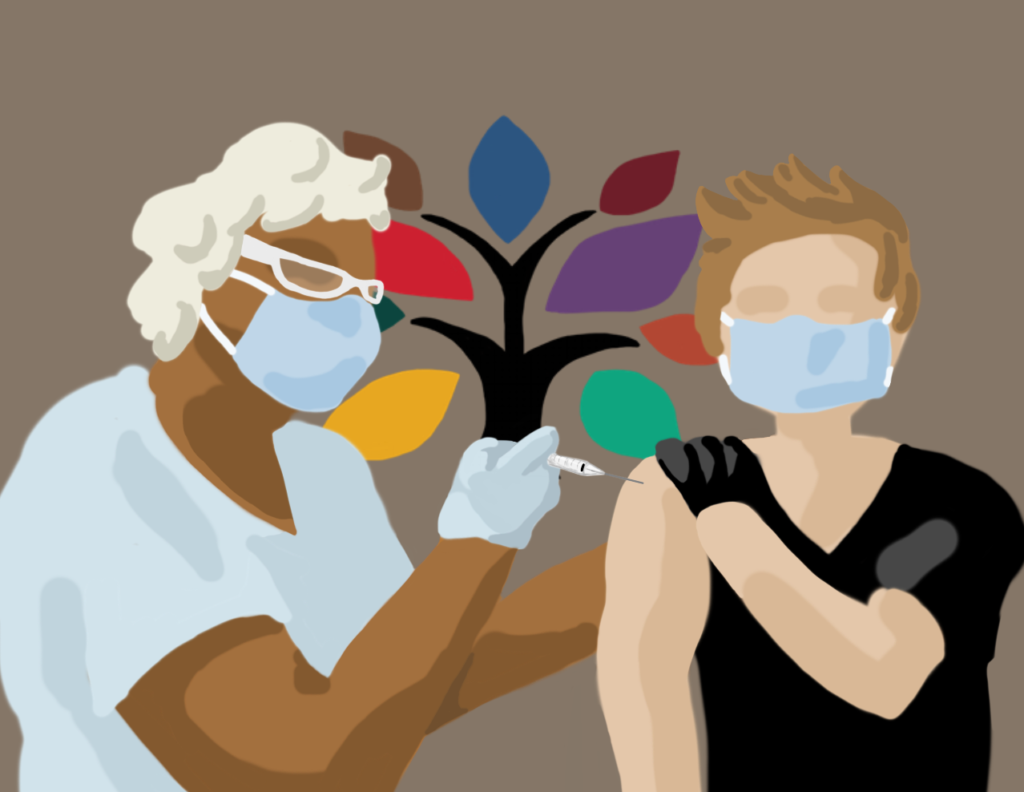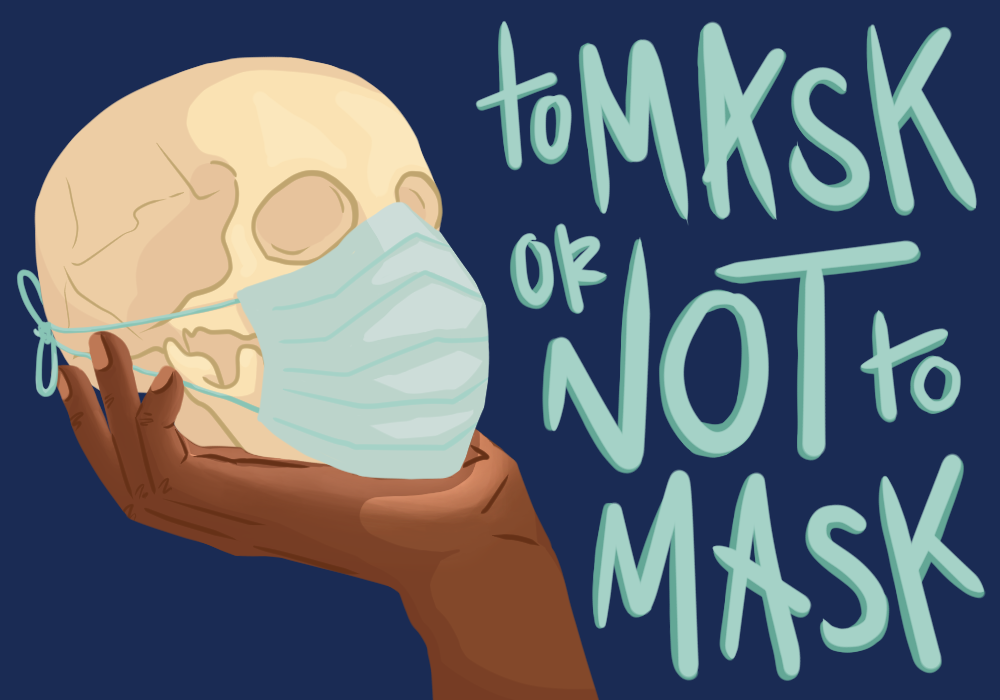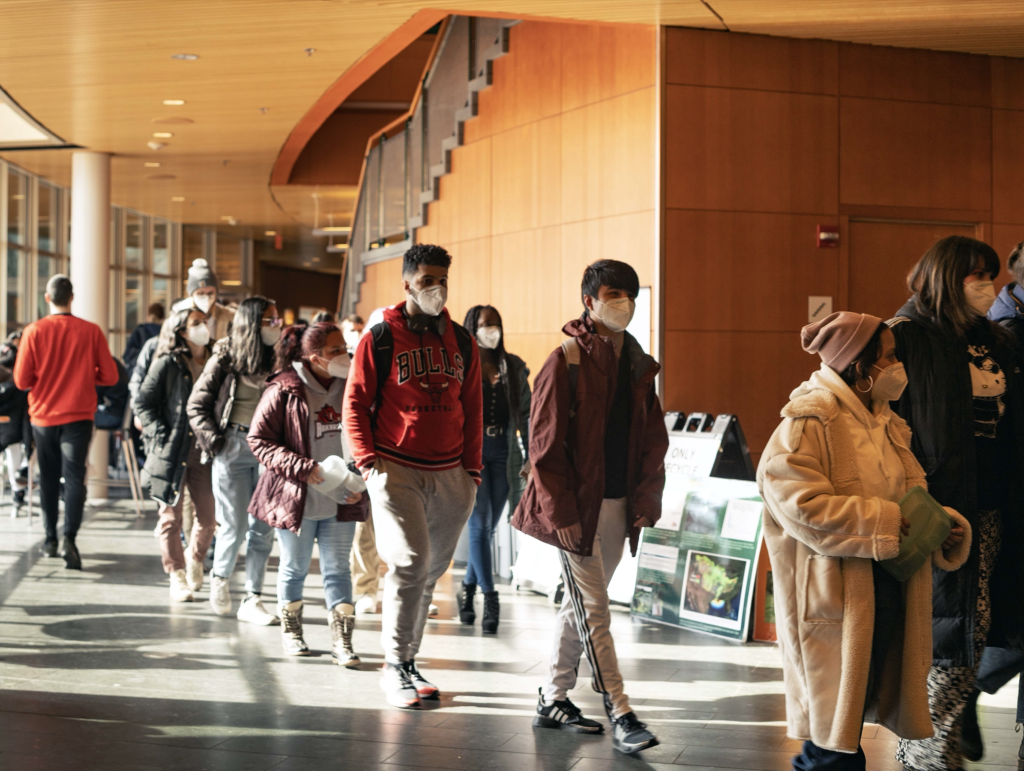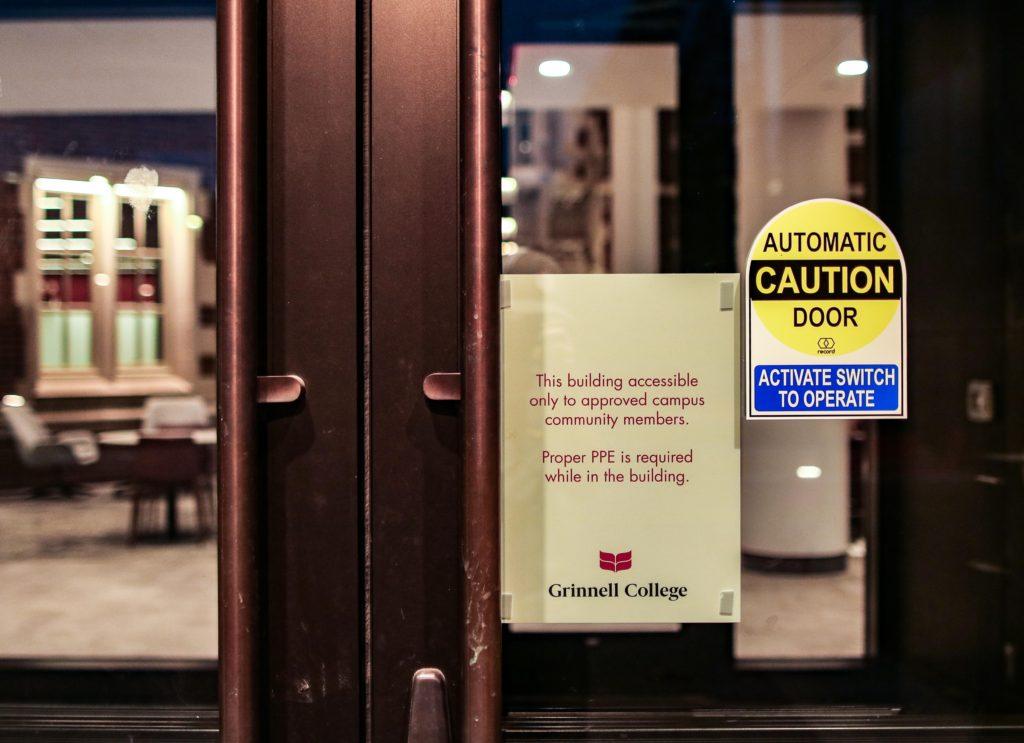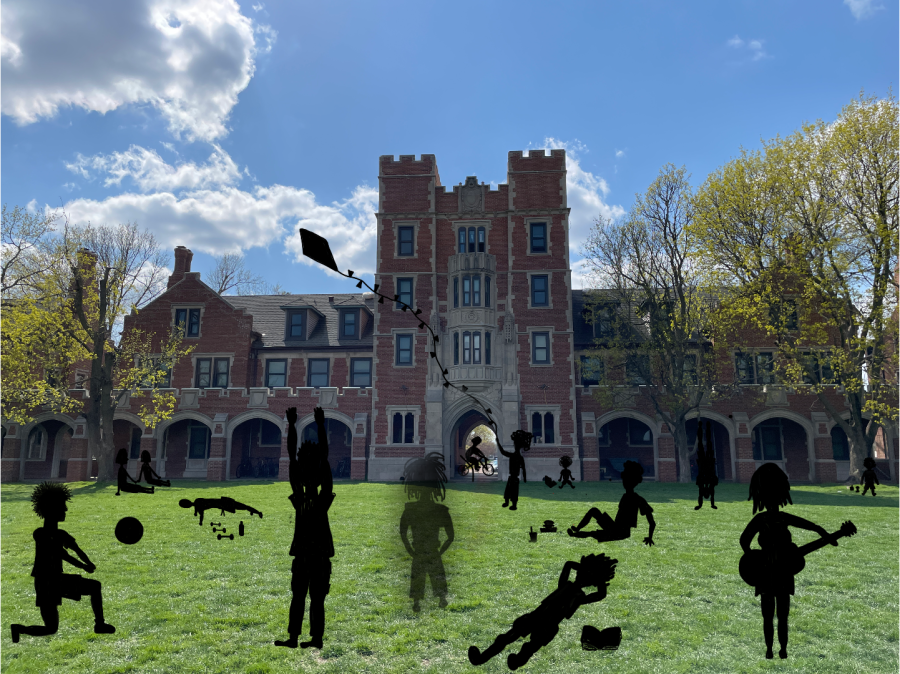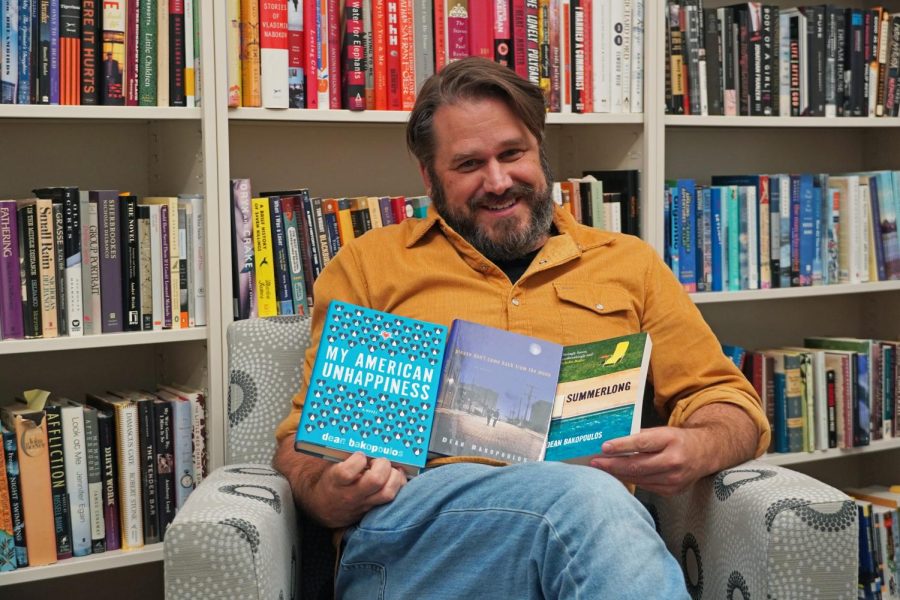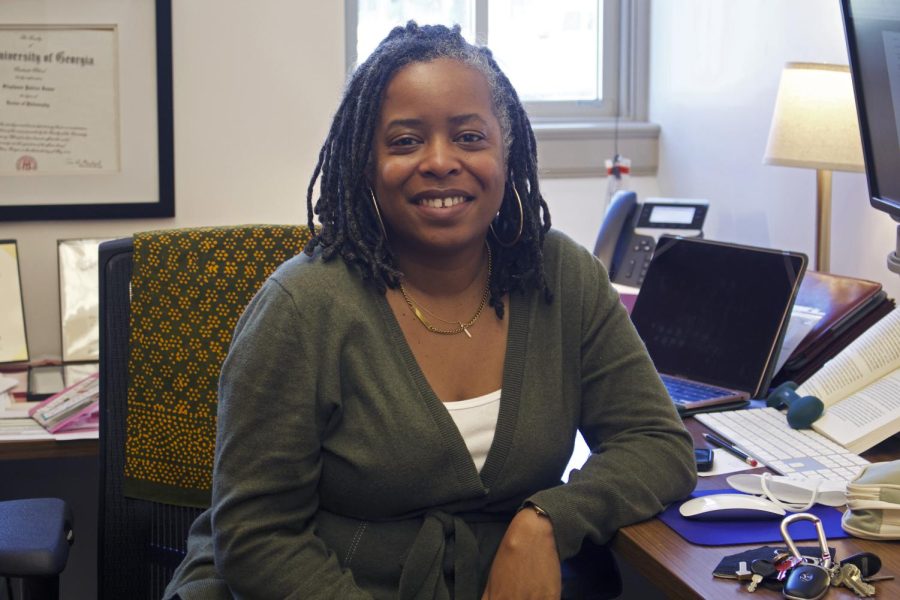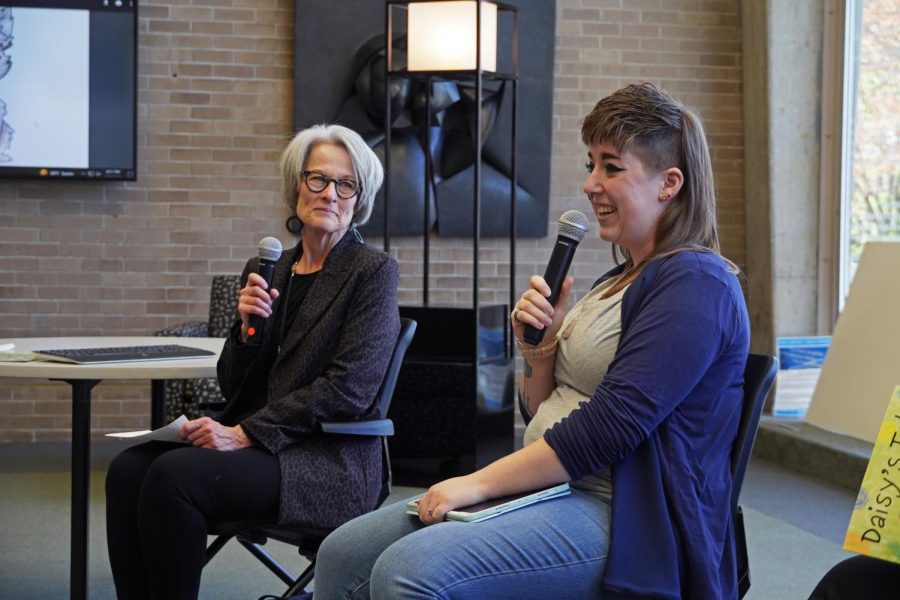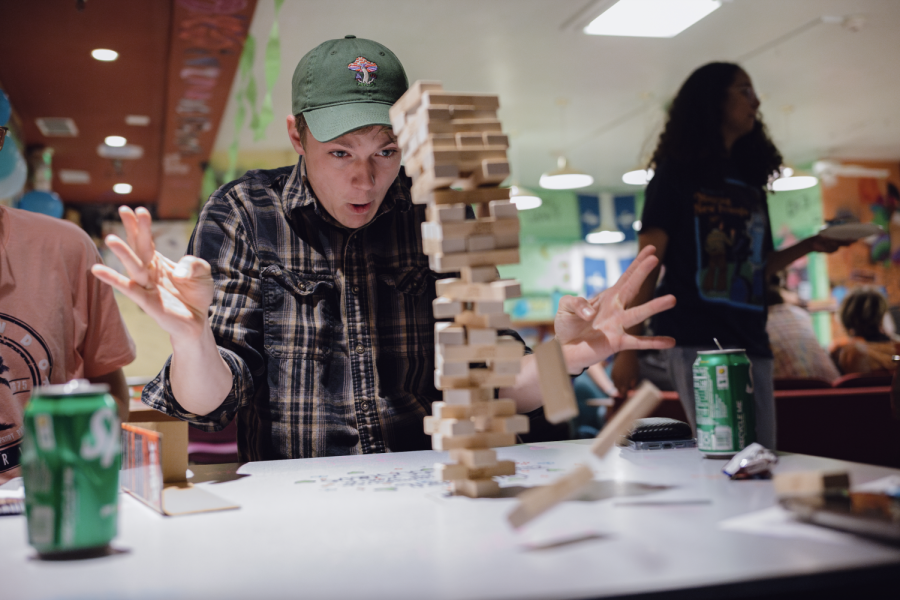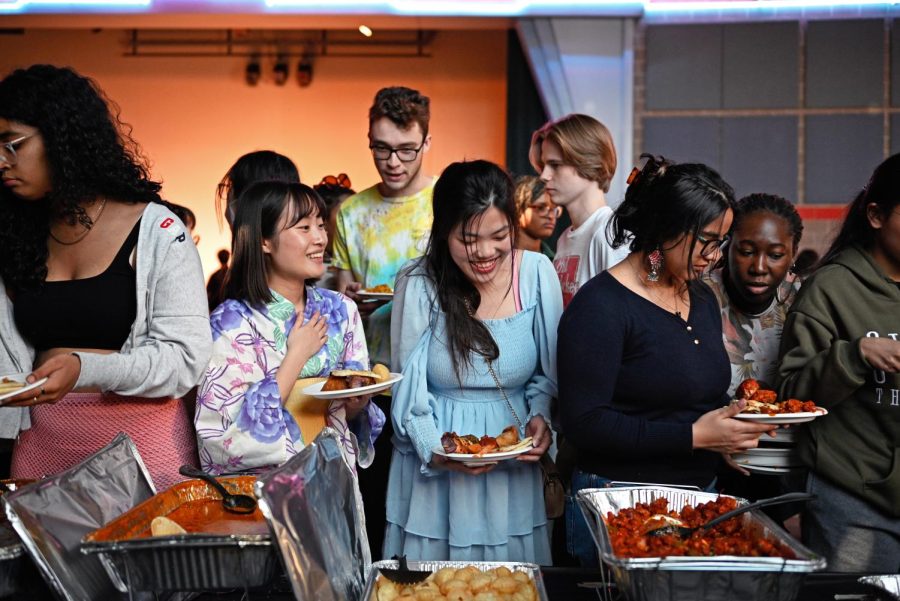Following a tumultuous spring break during which most students moved out of Grinnell, classes are now in full swing at Grinnell College, albeit remotely. While the transition to remote learning has been different for each professor and course, the College has also identified common goals for all faculty.
“There is a uniform principle of technological minimalism. … The reason is that we seek to have students need to adapt to as few new platforms as possible for their learning and their interaction with faculty,” said Anne Harris, vice president for academic affairs and dean of the college.
“We are also promoting asynchronous teaching, so in other words, when you’ve got students in 50 countries and all 50 states, it’s going to be very hard to say, ‘Everybody meet at 10 a.m.’ … But then, we are very much encouraging one-on-one synchronous conversations, be it office hours or talking in an advising session.”
Blackboard Collaborate, which the College has introduced for the transition, is the core technological distance learning tool, according to Harris. The platform will be complemented by Cisco’s WebEx for one-on-one or small group meetings and email for other communications.
Associate Professor Joseph Neisser, philosophy, is among those transitioning to a mostly asynchronous teaching model. While he has moved readings and course content away from synchronous class times, he has extended office hours to meet with students individually.
“Philosophy takes place among people, in the classroom,” he said. The transition to remote learning “impacts group discussions very strongly.”
Associate Professor Justin Thomas, theater and dance, has found the transition less disruptive than might have been expected. “For me personally, the transition to distance learning is actually relatively simple. I use a lot of screen-recorded videos as part of my pedagogy already, so I’m familiar with the technology and making that kind of video that I can upload for students to access on their own time.”
Despite the best efforts of professors and administrators, the transition to remote learning will present significant challenges.
“Any time we try to get more than seven or eight people together online, and now that almost every secondary education school and college and university are moving to these platforms, I think we’re going to have some pretty significant bandwidth issues,” said Thomas. “In Grinnell at least, we really don’t have great internet.”
To help minimize the impact of these challenges, administrators, faculty, staff and student representatives have been holding academic continuity meetings daily. Gracee Wallach ’20, SGA’s vice president for academic affairs, has represented the student perspective at those meetings.
“The College was figuring out this whole situation at first in a big room with a lot of different constituencies … just sort of sitting around in a room together and strategizing and problem solving every question and concern and possibility that comes up,” she said.
As for how the administration has handled the transition, Wallach said, “I do feel confident in the way this is all being discussed and handled. … All of these people are really, really attentive to answering every question and concern that comes up. … They do call on the student perspective a lot, at least in my experience in these meetings. They are directing questions towards me and asking me to ask around and get the answer for them on a lot of questions.”
Wallach identified advocacy for consistent deadlines to apply to on-campus jobs as an important contribution she made to the academic continuity meetings. She has also been involved in discussions to maintain equal access for all students to distance learning technologies.
Harris also said that equal access has been a key part of the administration’s response.
“Mobile hotspots are one of the ways we are meeting that challenge. … Getting a ton of training for faculty for things like WebEx and Blackboard Collaborate [is another way],” she said. “Precisely why we are doing this technological minimalism universal principle is because we want to create the most access possible depending on the different conditions that are out there for students.”
Yet not every part of the response has gone perfectly. Harris said that the administration could have been better about “thinking through every single student possibility.”
“There are 1,600 students, and so being able to really think through every single student possibility proactively [could have gone better],” she said. “We did find ourselves reacting: sometimes borders were closing, sometimes finances were gone and then the College wasn’t able to step in all the time.”
As classes push forward into the unknown, administrators are reflecting on the tumultuous transition period and seeking lessons for the future.
“Even though it was difficult, because we were not believed at first by many parties, I would not change the fact that we were one of the first colleges to move to distance learning and to seek to get students a safe place to do their work for the rest of the semester,” said Harris.
Though over 1,000 students have left Grinnell, Harris said that 137 remain on campus, and 209 are in the town of Grinnell, by the College’s count.
Said Harris, “There’s no doubt that that was hard — we took a lot of emails that said ‘You’re overreacting,’ ‘You’re doing things too early,’ and within a week we would get another email that said, ‘You know what, thanks, I’m glad that my son or daughter is home,’ if it was a parent, or from students as well, ‘Thanks for looking out for me,’ ‘Thanks for helping me book a ticket,’ ‘Thanks for helping me book a car.’”




